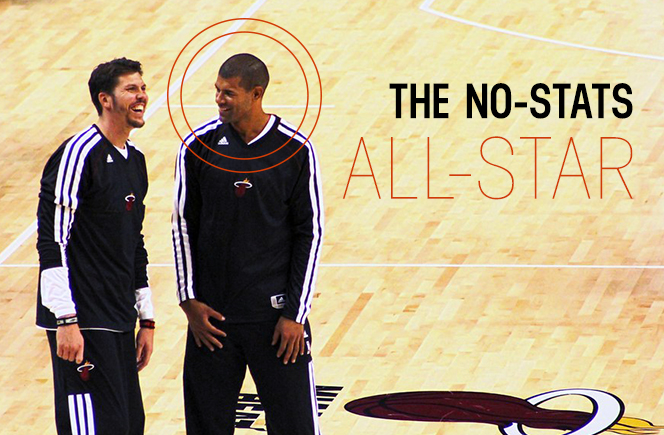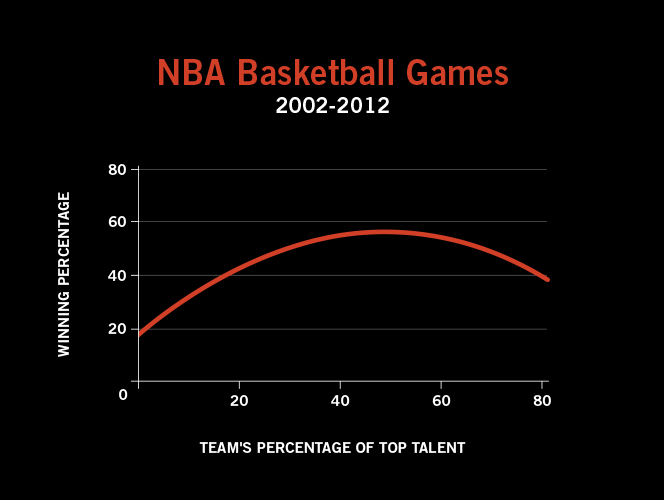
How to maximize your marketing budget (whatever it is)
Check out our easy-to-understand guide to help you make the most of your marketing budget (regardless of how big it is).

Recently on the Kinesis blog, we discussed the importance of constant innovation. This could mean innovating your business model, how you serve your customers, or adapting to changing market environments… but perhaps just as important is recognizing when “tried and true” is no longer true.
Years ago, when Kinesis was undergoing a period of transformation, we absorbed the message of the book Topgrading by Brad Smart. It introduced the idea that great companies depend on great people – and the more great people you have on your team, the more successful your organization will ultimately be.
“All organizations, all businesses live or die mostly on their talent, and any manager who fails to topgrade is nuts, or a C player… Topgrading is for A-Players and all those aspiring to be A-Players.”
Topgrading recommends dividing job candidates into “A,” “B,” and “C” players – with A-Players having the most potential and B and C players being considered “low-performing.” The methodology has been used by major corporations and organizations like General Electric, Lincoln Financial, Honeywell, Barclays, the American Heart Association, and others.
We, too, appreciated the importance of the team in producing exceptional work – so many of the messages of the book rang true for us. So, we embraced its ideas. We added Topgrading to our office library. We touted its lessons in our conversations with business leaders and used the term “A-Player” in our own recruiting tools. We even wrote our own book, Marketing From the Inside Out, in which we dedicated major portions to these very same strategies.

And, to be sure, it worked! Everything seemed to be going swimmingly – we built a growth-based company with a strong culture and team focus. We hired great people. We grew fast. We won awards. Many of our clients, in turn, experienced similar success – seeing record growth thanks to the A-Player recruiting strategy.
There was just one problem: It wasn’t true.
While this idea sounded good in theory, in practice it wasn’t long before its dark underbelly was exposed. Business leaders (including some Kinesis clients) were starting to have similar complaints: “Everyone on our team is an A-Player – on paper, our company should be thriving more than ever before. So why does our culture suck so much? Why does everyone hate each other?”

As it turned out, the A-Player mentality had some pretty significant disadvantages:
This isn’t to say that being thoughtful about who you add to your team isn’t still important – in fact, we would argue it’s the most important thing. And, at the risk of throwing out the baby with the bathwater, there are still great lessons to be learned from Topgrading. But the A-Player language has required us to redefine what we mean by a right-fit employee… and it isn’t always the top performers.
Take retired NBA-Player Shane Battier, for example.

In 2010, the Miami Heat signed LeBron James and Chris Bosh – who joined Dwayne Wade to become what everyone assumed would be the NBA’s first Super Team. Some (including James himself) claimed the Heat would win as many as seven NBA Championships with this roster of all-stars – starting with the 2010-11 season.
To everyone’s surprise, the Heat didn’t win in 2010-11. To be sure, the team WAS great, but in the end, they fell short of a championship. Why? Because when everyone wants to be the alpha dog, you have a problem.
The Heat signed Battier the following year, and only then did the pieces all fall into place. Battier’s personal stat sheet was nothing to write home about – he was far from an A-Player. And yet, he became a central part of the Miami Heat and helped them win two NBA Championships in 2011-12 and 2012-13.
So, how did the non-stat-winning Battier make a difference? By making others on his team more efficient and opponents less effective. He did it by setting picks, diving for loose balls, playing lockdown defense, and embodying a whole lot of enthusiasm and hustle. None of that shows up on the personal stat sheet, but it does show up in the win column. He made everyone around him better, and became known as the “No-Stats All-Star.”
And in fact, data shows that these types of diverse contributors have greater impact than traditional performers: as you fill your roster with “all-stars” (the A-Players), overall team performance actually declines!

The "too-much-talent effect" of star players on basketball teams (Source)
By the A-Player methodology, Battier would’ve been discarded as someone who didn’t put points on the board. Perhaps under the Topgrading methodology, he may never have even made the team. But this underscores the importance of redefining what success looks like, and what constitutes a valuable employee.
At Kinesis, this has meant a critical change in terminology. When we realized the A-Player mentality no longer served us, we were forced to take a hard look at our recruiting philosophies and revisit the advice we were giving clients. We kept Topgrading on our shelf for some of its other lessons, but began referring to it sparingly, and always with a disclaimer. In fact, we wrote a blog post throwing a key chapter of our book under the bus.
But perhaps most importantly, we’ve replaced “A-Player” with a modern alternative – one that more effectively represents the true contributors any team, especially the Shane Battiers.
We call it the “E-Player.” The E-player is someone who enhances your team outside of the stat sheet. It tells candidates and employees that we are a culture that values not only performance but empathy, emotional intelligence, and engagement. This is a simple change, but an important one.
We’ve had to approach this evolution with some humility, acknowledging that what we once believed to be true no longer holds water. That’s what it means to be a company of transformation: we must stay open-minded and nimble, and embrace change when necessary.
So, what’s the lesson here? For most business leaders, it’s so easy to ignore new perspectives because you’re so heavily invested in past ideas. It would’ve been easy for us to keep an imperfect vocabulary in the interest of preserving our dignity and sunken publishing costs. It would’ve been easy, but it would’ve been wrong.
We encourage all business leaders to take a look at your core operating principles and challenge whether they’re still serving you – even when it’s uncomfortable. Even if it requires swallowing your pride and admitting you were wrong. Even when it means pointing out an error in a published work that has already sold hundreds of copies.
Because while you’ve probably had some great strategies to get you where you are today, even the best authors hire editors and publish second editions.
So, what chapter in your book is ready for a rewrite?
Get insights like this straight to your inbox.